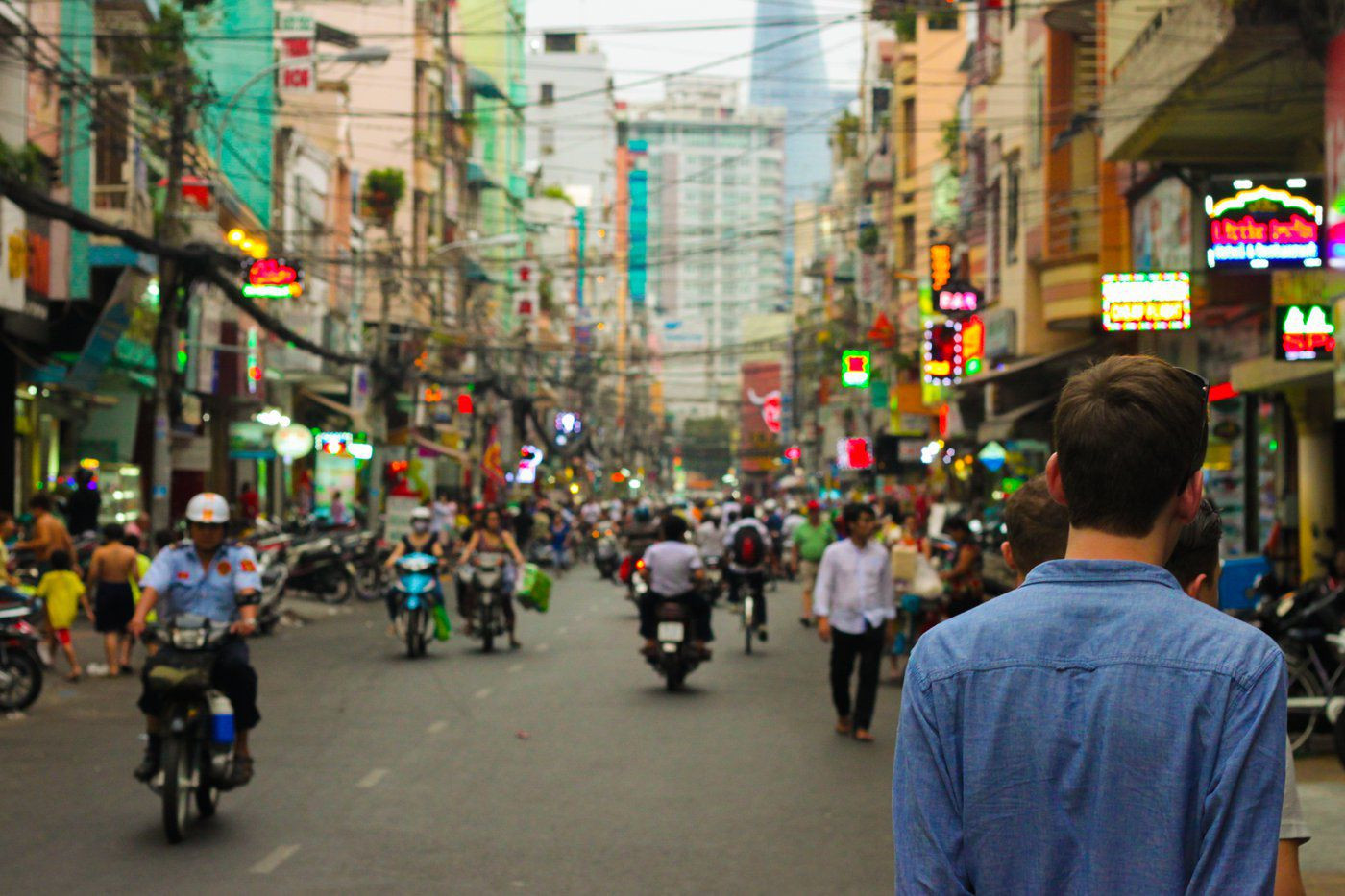Tokyo, Shanghai and Delhi: global cities, fast-paced and exciting, symbolic of the rise of the new Asian century. These cities are the three biggest in the world, engines of economic growth, producing billions in economic activity for their residents and the world. But they have a problem: there is not enough fresh water available per person for their daily needs.
Freshwater availability is half that of the global average in Asia. Water efficiency is also among the lowest in the world and a low water productivity means crop yields are low despite the relatively large amount of water supplied in agriculture production. Being able to assess how resilient urban water supply is to changing conditions, like droughts or increasing demands, is key to being prepared for future crises.
Many large cities are prone to water issues. Population and economic growth have led to environmental degradation. Existing water supplies simply can’t keep up with the growing needs. The issue is exacerbated by climate change where extreme weather events such as drought and floods are becoming more common. Water security — having enough water to meet all living, irrigation and industry needs as well as a healthy surplus to adapt to major disasters — is steeply in decline.
For example, over-exploitation in Bangkok, Thailand, has severely reduced groundwater levels, causing land to subside. Water sources around the city are also polluted due to the direct discharge of domestic sewage into drains and canals. Similarly, Bangkok’s inadequate drainage capacity and its location in the Chao Phraya River floodplains make it susceptible to flooding.
Hanoi, Vietnam, is one of the fastest-growing cities in terms of GDP growth, contributing more than 19 percent of the country’s total GDP. The repercussions of this growth are felt directly in its polluted lakes and rivers due to wastewater from residential and industrial areas. Madaba in Jordan is a water-scarce city. Although 98 percent of the city's population has access to water, residents are often forced to rely on alternative sources of storage such as large tanks or private water vendors to meet their needs due to inconsistent water supplies.
Despite water being a prominent component of the Sustainable Development Goals, the United Nations warns we are off-track on most targets relevant to water, food, and agriculture. To bridge the gap between science and better support city planners and policymakers, practical interventions can help, like the integrated urban water security assessment framework. It can be used to assess the full spectrum of a city’s urban water security by taking into account the driving forces that can impact it.
Researchers at Thailand’s Asian Institute of Technology (AIT) have developed WATSAT, a web-based water security assessment tool that can evaluate where cities stand by measuring five distinct aspects of urban water security: water supply, sanitation, water productivity, water environment and water governance.
Cities that embrace new ways to manage water can improve the livelihoods of their populations and support continued growth. For example, Bangkok has adopted incentives for water management to include the treatment of wastewater at the household level before being released into public water sources. As a part of Bangkok Vision 2032, the program will also monitor the chemical properties of water in canals and improve cleanliness to prevent illnesses and safeguard the environment. The city also aims to construct large drainage tunnels for rainwater and strengthen flood defences through reinforced concrete along the Chao Phraya River. In a nature-based approach to water management, 40 percent of the city will be designated green open spaces to increase the conservation of forests and restore ecosystems as well as native species.
Jordan’s water action plan includes building decentralised infrastructures such as rainwater harvesting or wastewater treatment to supplement water supplies. Financial or tax incentives to encourage businesses to reuse treated wastewater instead of freshwater are also managing demand and efficiency.
Plans to prevent water supply losses through leaky pipes will also improve efficiency. These include monitoring tools, installing new metering units and making efforts to detect unauthorised usage in water pipelines, and improving financial sustainability through water tariffs. Again, nature-based solutions play a role: the plan also involves allocating water to restore critical ecosystems including forests, wetlands and rivers for greater conservation. These are all tangible solutions that can be considered and adapted to different cities across the continent.
In order to have sustainable urban development, efficient and effective management of water resources plays a vital role. Improved understanding of specific city water-needs, innovative tools and technologies to forecast disasters will all be essential to the survival of our cities.
(About Authors: Kaushal Chapagain is a doctoral student in the Water Engineering and Management (WEM) program at the Asian Institute of Technology (AIT), Thailand. Dr Hassan Tolba Aboelnga is a researcher at TH Köln, University of Applied Sciences in Germany with a particular interest in urban water security issues and integrated water resources management. Professor Mukand S. Babel is a professor of Water Engineering and Management at the Asian Institute of Technology (AIT), Thailand.)

